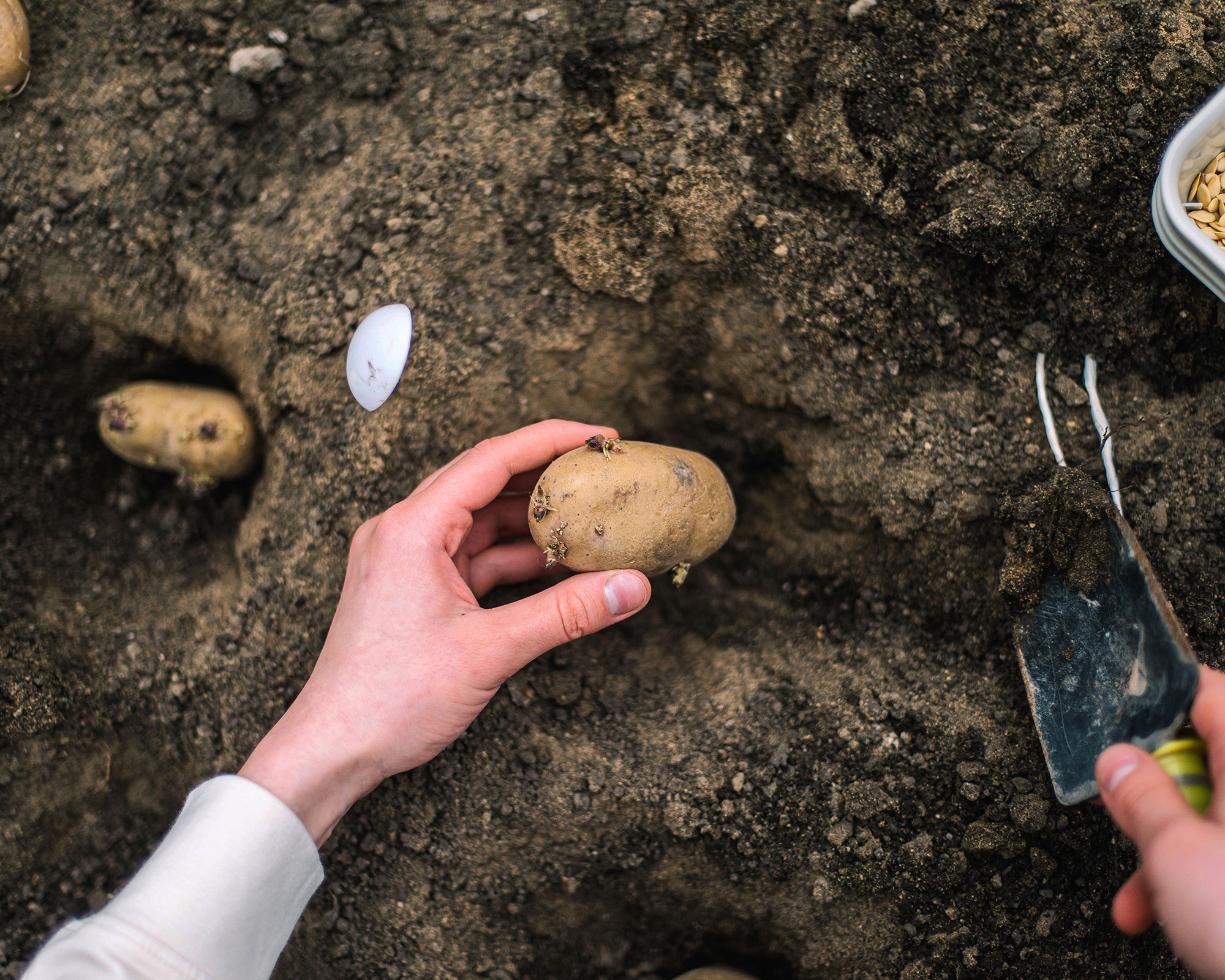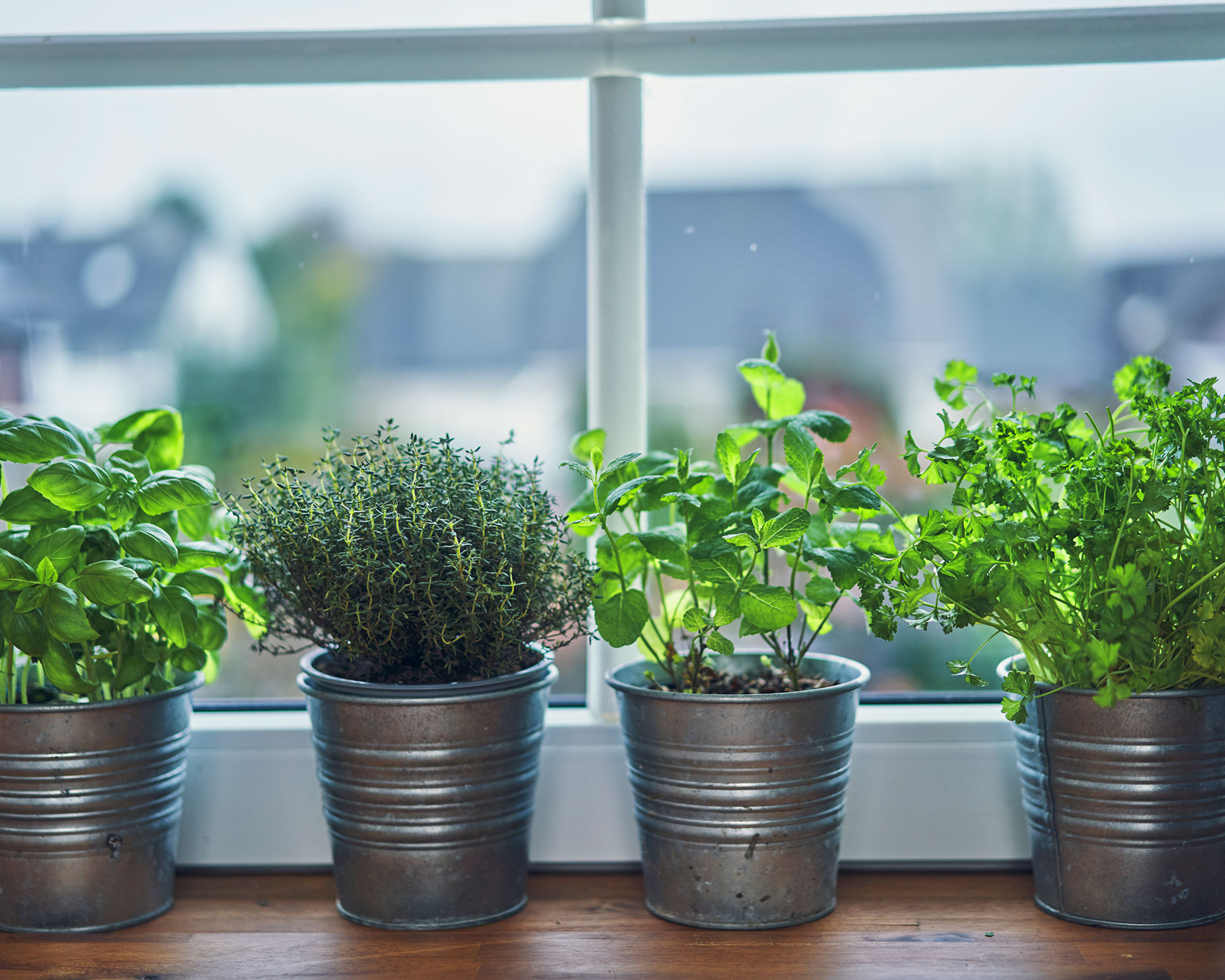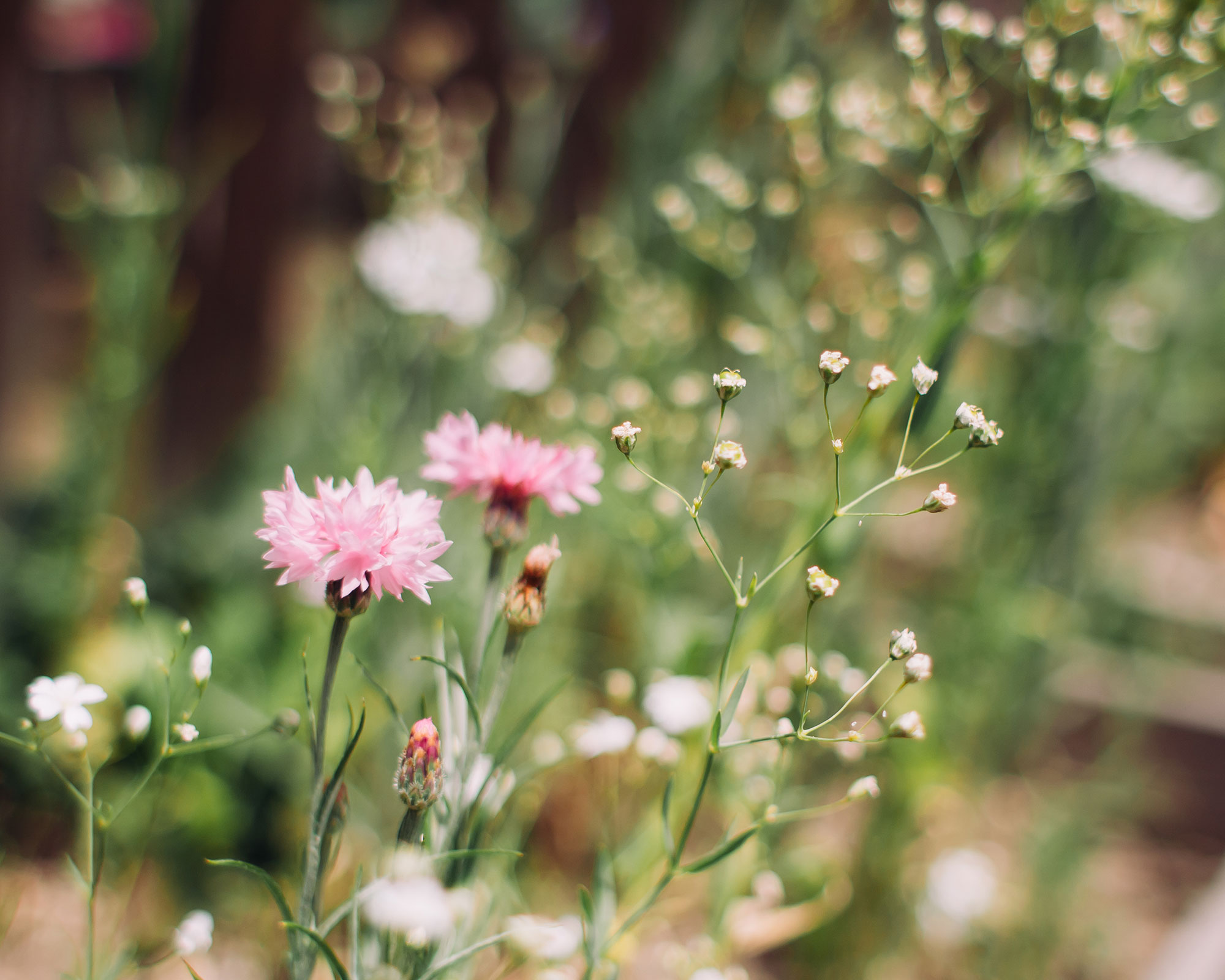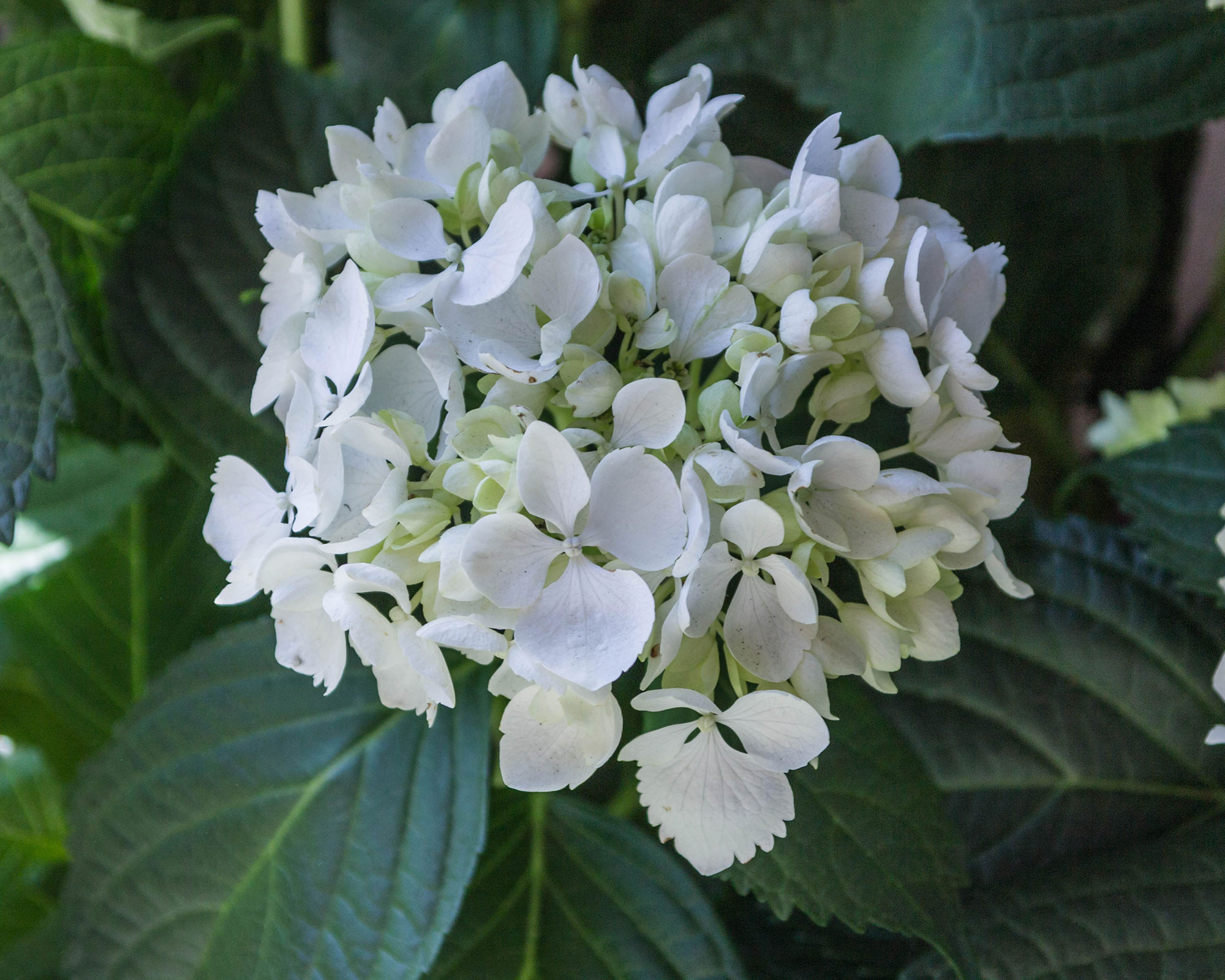What to plant in January – the best flowers, fruit and vegetables to grow
If you’re wondering what to plant in January, find out which flowers, crops and more you can grow now


When it comes to deciding what to plant in January it’s all in the planning as it’s such a quiet time of year for the garden. Plan now for the coming months and you will get a head start on the growing season.
January can be an unpredictable month for gardeners. Sometimes it can be warm enough to direct sow in the soil but it can also be a gamble weatherwise. There are quite a few plants you can get started on now, either in the greenhouse or indoors to prep for spring and summer, including vegetables and summer blooms.
Start now and get ahead so once winter is over your garden will burst into life making it your best year yet for growing. And be sure to include some of the following garden ideas when planning a kitchen garden or dreaming of a stunning flower display next year.

What to plant in January – veg crops to sow now
Winter garden ideas needn't just be about what's showy now. You can start to plan your vegetable garden for the coming year. Hopefully you can remember where you planted things last year so you can rotate your crops to make sure everything is growing in the best possible spot to protect your crops from pests and diseases.
If you haven’t already done so order your vegetable seeds now. You can still sow certain seeds outside if the conditions are right. This way you will get a succession of produce to see you through spring and into summer.
There are lots of options for what to plant in January for a summer harvest. Here are some multi-purpose veg that should be top of your list of vegetable garden ideas.
Design expertise in your inbox – from inspiring decorating ideas and beautiful celebrity homes to practical gardening advice and shopping round-ups.
1. Potatoes

Growing potatoes can be done now. Start chitting (sprouting) early potatoes. Stand them on end in empty egg boxes, and put them in a bright, cool, frost-free place.
You can also try growing Charlotte potatoes in containers under cover for a super early crop.
Fill your container with good quality compost mixed with some well-rotted manure. Carefully push a single chitted potato tuber into the compost with the shoots pointing upwards at a depth of 5 inches (12cm) below the soil surface.
Transfer to a sunny position and water regularly to keep the compost moist.
2. Onions

Growing onions is a garden job for now. Sow onion seeds like ‘Ailsa Craig’ indoors from January onwards. By doing this now you will give the bulbs plenty of time to grow as big as possible.
Use trays and sow at a depth of 1/2 inch (1cm) in fine seed compost. Place in a propagator or seal inside a plastic bag at a temperature of 50-59ºF (10-15ºC) until after germination, which usually takes 10-14 days.
Once germinated, keep growing the onions in cool conditions until all risk of frost has passed and they are large enough to plant outdoors. Water the plants thoroughly after planting.
Covering them with a protective netting or fleece is a good idea too to stop wildlife getting to them.
3. Herbs

Herb garden ideas add taste, color and fragrance to your cooking so ignore the cool temperatures outside and start a herb garden on your windowsill for a cut and come again supply of all your favorites. Then you can move your plants outside as soon as warmer weather arrives.
Aromatic herbs such as thyme will thrive on a windowsill when things get too chilly in the garden. Place it in a warm sunny spot and water the surface of the soil if it dries out.
Versatile chives do well on a south facing windowsill in bright light. Cut back the plant every now and then to keep it tidy and encourage new growth.
Multi-tasking parsley can be grown indoors at any time in a sunny spot. Pick leaves when the plants reach around 8cm tall.
Pungent tarragon is best grown in pots of gritty compost and will thrive on the windowsill. It can be used to add flavour to fish, meat, vegetables, eggs, salads, sauces and vinegars.
4. Bean sprouts

It might be cold outside but you can still grow nutrient-packed sprouts on your kitchen windowsill. It doesn’t take up much space and all you need is a large jar and some sprouting beans.
Rinse the beans in cold water and soak overnight for 12 hours. Put the beans in a sterilised jar, fill with clean water, and stretch some muslin or cheesecloth across the top and secure with a band. Place in a cupboard and soak for eight-12 hours at room temperature until they swell, then drain the water from the jar and add more fresh lukewarm water.
Repeat this process every eight-12 hours for two-five days until they're ready eat, or alternatively store them in the fridge for a couple of days.
Flowers to plant in January

There are plenty of flower seeds you can sow now as a January gardening job if you have a heated propagator or warm windowsill. This way you can get ahead and will be able to fill your flower beds with color when the weather warms up.
1. Snapdragons

Sow snapdragon seeds in a propagator now so you can fill your garden with flowers in a few months time. They need a long growth period before flowering so getting an early start by planting them now is ideal.
Sprinkle the seeds on the surface of a tray filled with damp seed compost but don’t cover with soil. Transfer to a propagator or enclose the tray in a plastic bag at 68-77F (20-25C) until germination, which usually takes around 10-21 days.
Transplant seedlings when they're large enough to handle. Plant them up into trays or 3 inch (7.5cm) pots. Gradually acclimatize plants to cooler conditions for a few weeks before planting out once there is no further risk of frost.
2. Lobelia

You will be able to fill hanging baskets and containers with your own lobelia plants if you start now.
Sow the seeds indoors on the surface of a tray of seed compost and gently firm down. Transfer the seed tray to a propagator at a temperature of (65-75F (18-24C) or seal it inside a polythene bag.
The soil should be kept damp but not soaked. Position in a light spot as this will help germination, which usually takes around 14-21 days.
When the seedlings are sturdy and large enough to handle, transfer to pots and grow them in cooler conditions, gradually acclimatizing them to outdoor conditions after all risk of frost has passed, before planting them out.
3. Dianthus (pinks)

You can start sowing seeds now and continue until April. Sow on the surface of lightly firmed, moist seed compost in pots or trays and cover with a fine sprinkling of compost or vermiculite. Keep at a temperature of between 64-68ºF (18-20ºC).
After sowing, do not exclude light as this helps germination, which can take anything from two weeks to a month. Keep the surface of the compost moist but not drenched.
When large enough to handle, transplant seedlings into 3 inch (7.5cm) pots or trays. Gradually acclimatize plants to cooler conditions for a few weeks before planting out after all risk of frost has passed.
Shrubs to plant in January
The good news is that January is a great shrub planting month. The season for planting winter-flowering shrubs is from October to April so it’s fine to plant them outdoors in January.
Avoid planting if soil is water logged though or you can’t get your spade in as it’s frozen.
Bare root shrubs are only available in autumn and winter. They should be planted as soon as possible after getting them home.
1. Deciduous hedges

From now until March is the best time to plant deciduous hedges such as hawthorn and hornbeam, as long as the ground isn't frozen. Soak each plant in a bucket of water for an hour before planting.
If you are using bare root plants it's important not to leave the roots exposed, so make sure you have dug your trench beforehand. The trench should be roughly the depth of your spade and around 3 feet (1 metre) wide.
Once planted firm in well, water thoroughly, then mulch with compost. Water your new hedge once a week during its first spring and summer.
2. Hydrangeas

You can grow hydrangeas pretty much at any time of year, but from October through to April is generally considered preferable. So now is a good time, especially if you consider the fact that if you plant them in summer you need to remember to keep them well watered.
Hydrangeas like moist soil, so will benefit from the addition of well rotted manure or compost before planting. Water the plant well an hour or so before you transfer it into the ground.
Mulch after planting, ideally with leaf mould, and remember to keep it well watered during its first spring and summer.
Fruit to plant in January
Now is a great time for planting new fruit trees, but always avoid planting them when the ground is frozen, or if bad weather is forecast.
1. Strawberries

You can get a head start with strawberries if you are growing them in a greenhouse or polytunnel. Alternatively grow strawberry plants under cover in a cold frame or use cloches to protect them.
Choose a sheltered, sunny position and enrich the soil with manure.
Spread out the roots of the strawberry plants and place them in the soil at a level where the crown of the plant is just poking above the surface. Avoid planting them too deeply as this may cause them to rot.
2. Bare root cherry trees

As long as the soil isn’t frozen you can plant bare root cherry trees in any well-drained soil in a sheltered, sunny position.
Before planting add plenty of well-rotted manure or garden compost into the planting hole and drive a stake into the ground to support the tree.
Transfer the bare root tree into the ground and firm well. Tie the tree to the stake and water in.
You can also grow cherries in a large container 24 inches (60cm) in diameter) filled with a soil-based compost.

Lifestyle journalist Sarah Wilson writes about garden design and landscaping trends for Homes & Gardens. She has studied introductory garden and landscape design, and also has an RHS Level 2 qualification in the Principles of Plant Growth and Development. She is a regular contributor to Homes & Gardens and Livingetc. She has also written for Country Living, Country Homes & Interiors, and Modern Gardens magazines